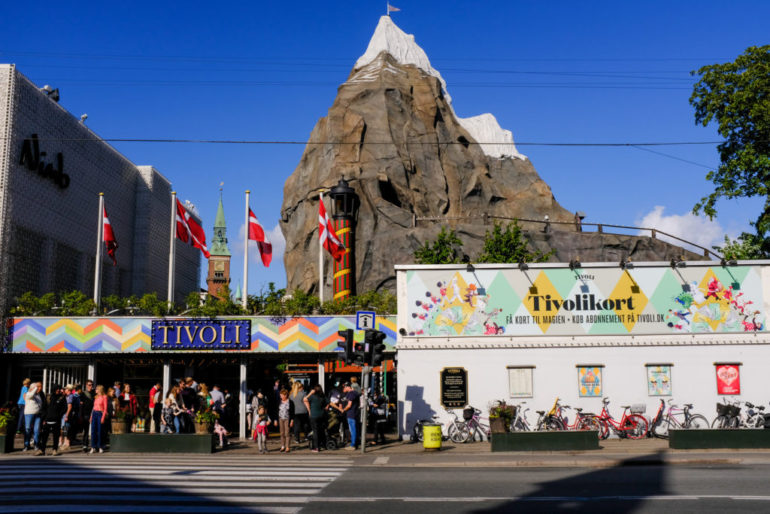We’ve all heard stories of travel inspiring writers, photographers, and artists—but it’s also played a significant part in shaping the companies we know and love today. There’s a practical value to travel, opening yourself up to new cultures. Here are some of my favorite business stories that I’ve collected.
Phil Knight, founder of Nike, gained inspiration around sneakers and the company name in Japan and Greece
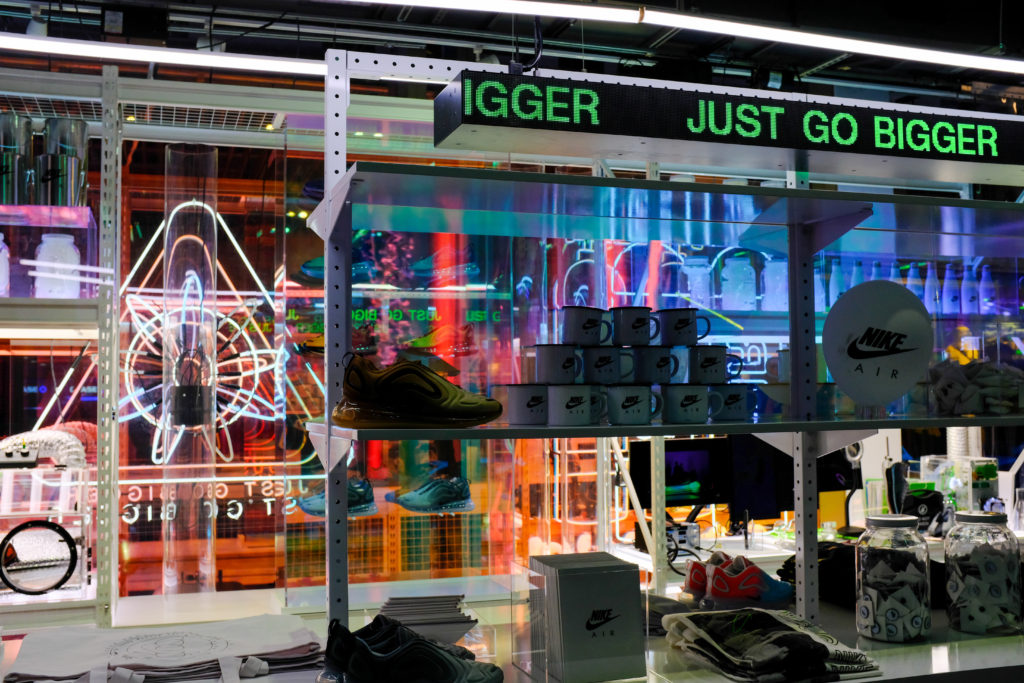
At the age of 24, Phil Knight decided he wanted to travel. In his memoir, Shoe Dog, he describes himself as “aflame with curiosity about the world.”
In Japan, he discovered the shoe brand Onitsuka Tiger. As an avid runner, he felt excited to bring their shoes back home—later, he ended up creating a company, Blue Ribbon Sports, to import and distribute the sneakers in the United States.
After Japan, he continued on to several other countries.
When he arrived in Greece, he felt awed by the Temple of Athena. He writes:
“I don’t know how long I stood there, absorbing the energy and power of that epochal place…as I turned to leave I noticed the temple’s marble façade. Greek artisans had decorated it with several haunting carvings, including the most famous, in which the goddess inexplicably leans down…to adjust the strap of her shoe.”
Afterward, he discovered Knights, a play by Aristophanes. It was set in the Temple of Nike, named after the Greek goddess of victory. In the story, the warrior gifts the king a pair of new shoes.
When Knight created his own independent shoe company, he decided to name it Nike.
Walt Disney studied an amusement park in Copenhagen in order to design Disneyland
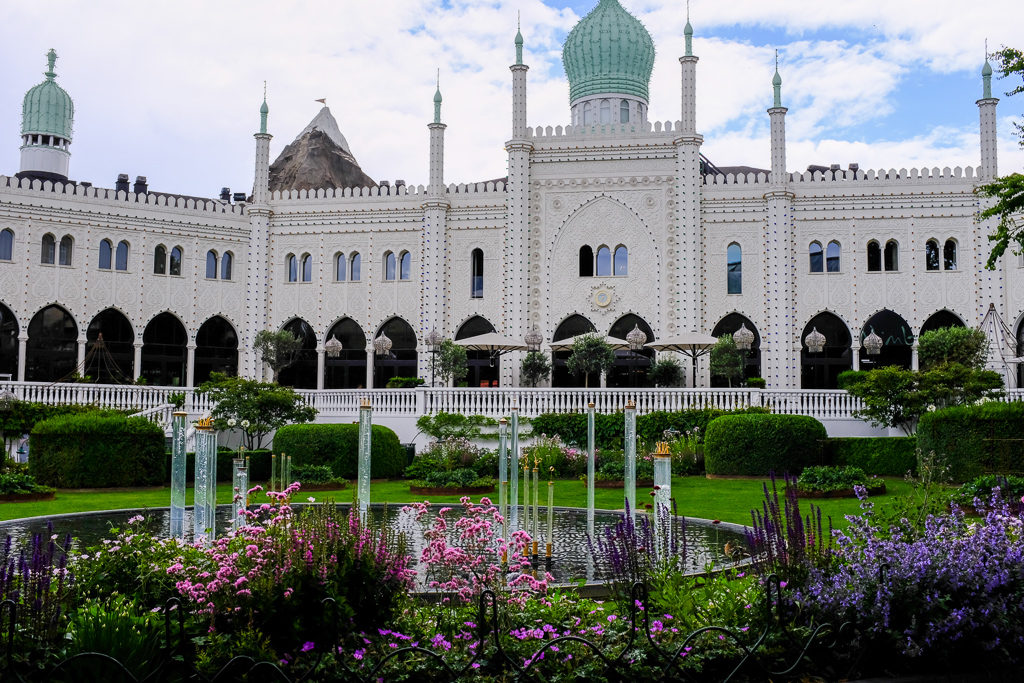
In 1951, Walt Disney visited Copenhagen to see Tivoli Gardens, one of the world’s oldest amusement parks. It’s a park that was founded upon the principle that “when the people are amusing themselves, they do not think about politics.”
Disney returned to Tivoli several times after his initial trip for inspiration, because he loved the cleanliness, abundant flowers, and family atmosphere. He walked through the park, taking detailed notes on his observations.
Four years later, he opened Disneyland in California.
Though there is little that is formally documented, it’s clear that there are strong parallels between Tivoli Gardens and Disneyland, from the open (and flower-filled) layout of the park to the internationally-influenced pavilions to the nightly fireworks shows.
The parks both give off a sense of living and evolving forever. Georg Carstensen, founder of Tivoli, said the park “will never, so to speak, be finished.” Walt Disney later said, “Disneyland will never be completed. It will continue to grow as long as there is imagination left in the world.”
To this day, Disney and Tivoli have a friendly relationship, continually sharing thoughts on best practices for their parks. A few years ago, Disney contributed designs for a custom float to Tivoli’s Jubilee Parade. In the words of George Kalogridis, President of the Disney Resort: “Walt Disney loved Tivoli, and so do we.”
Jen Rubio, co-founder of Away, was inspired to create a luggage brand after her travels
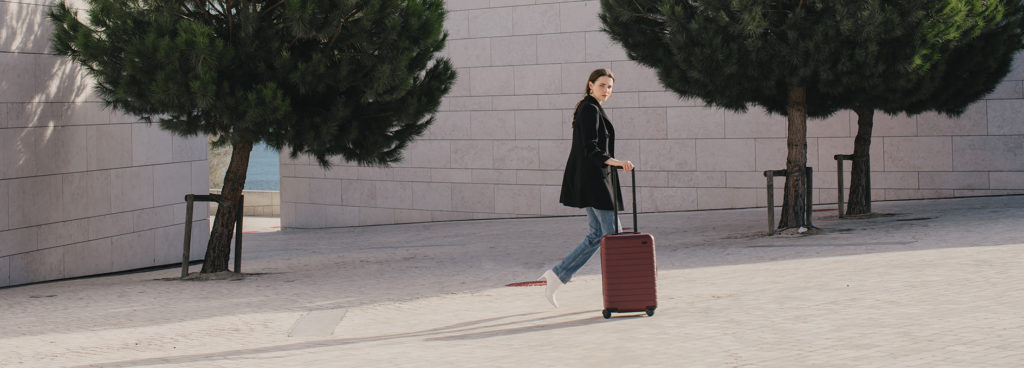
In 2011, Jen Rubio left her job as head of innovation at AllSaints to do a bit of traveling and soul-searching.
On her trip, she had a frustrating experience with her luggage. She tells Bond Street in an interview:
“I was coming home from Davos and my luggage broke. I had the most terrible luggage shopping experience at Zurich Airport. I was like, This is unreal. I had never experienced a place where you could buy a $500 or a $40 bag and they’d be sold next to each other with no discernible difference. That was one of the eye-opening things about this industry that made me really want to investigate it more.”
The seeds for her company were planted. She continued her travels, taking a solo trip to Morocco. When she returned, she decided to focus her efforts full-time on building a luggage company that people loved. She partnered with Steph Korey, with whom she’d worked at Warby Parker, to create Away.
The company integrates a love of travel into everything it does. Rubio says:
“I think the whole brand is the embodiment of what we all love about travel: the arrival, the exploration, the discovery of different places…Through the colors and textures we use in the brand–it obviously manifests itself in the product….Because everyone here is passionate about travel and really believes that everywhere in the world is accessible and worth being explored.”
Away decided to make its mark by interviewing 40 tastemakers on their favorite places to travel. They created a book called The Places We Return To and sold it with a gift card for a suitcase that was redeemable a few months later. When people wrote about the book, they mentioned the luggage, which helped them naturally get promoted on social media.
To this day, storytelling is a central part of its marketing, and they even have a magazine called Here. As Korey says, “You don’t push your product. You create things that are fun to talk about, to write about, to share.”
Howard Schulz, former CEO of Starbucks, learned about community and service from a trip to Milan
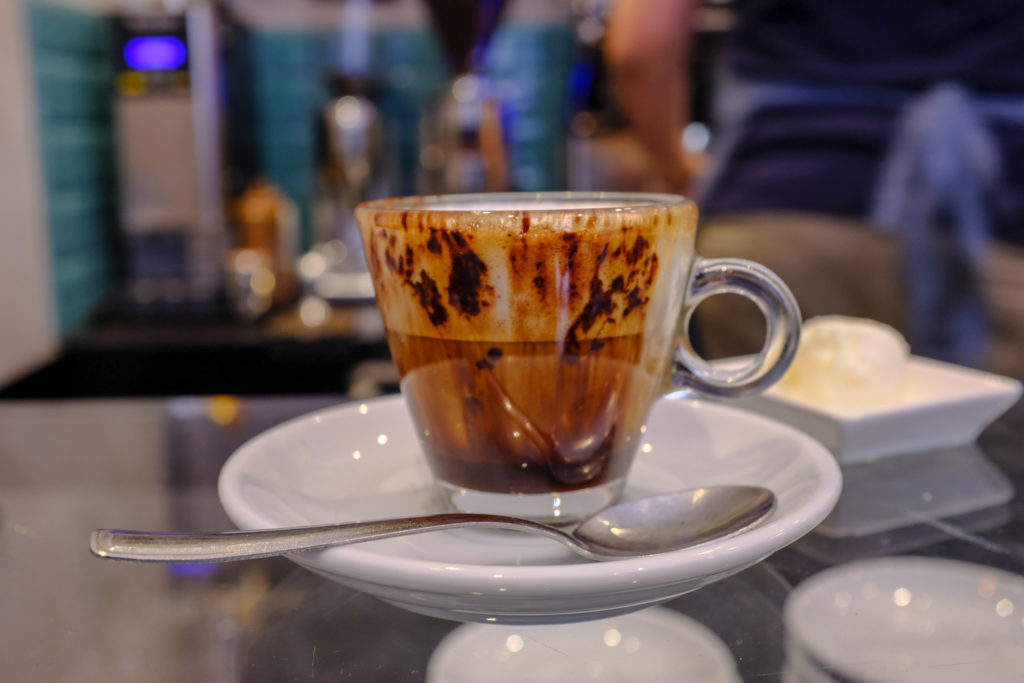
In 1983, Howard Schulz took a trip to Milan. He had recently joined the marketing department of Starbucks, and was visiting Italy for an international housewares show.
There, he felt energized by the coffee bars. On Starbucks’ website, he writes:
“I was captivated by the sense of community I found in the city’s espresso bars – the moments of human connection that passed so freely and genuinely between baristas and their customers.”
“In each shop I visited I began to see the same people and interactions, and it dawned on me that what these coffee bars had created…was a morning ritual and a sense of community.”
“The Italians had created the theater, romance, art and magic of experiencing espresso. I was overwhelmed with a gut instinct that this is what we should be doing…Everything we’ve done to date sits on the foundation of wonderful experiences that many of us have had in Italy.”
When he returned, Schulz was motivated to design Starbucks stores based on the Italian environments, and even integrated the vocabulary (baristas, lattes, grande and venti). He wanted to create a third place, where people could gather and feel a sense of community outside of home and work.
Since that inspiring trip 30 years ago, he has returned to Italy every single year.
Blake Mycoskie, founder of TOMS Shoes, came up with his company concept and found his partner in Argentina
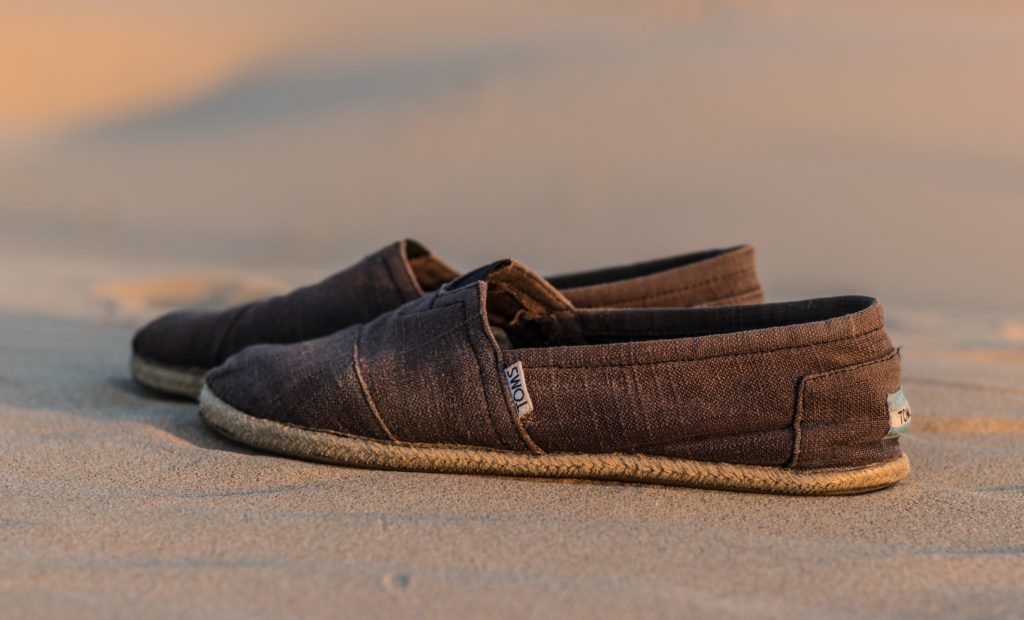
When Blake Mycoskie was 29, he traveled to Argentina (fun fact: the last time he was there, he was competing on The Amazing Race). At the time, he was working for a different start-up, and took the trip purely for vacation. His goal was to immerse himself in the local culture, from dancing tango to drinking wine.
However, this trip was also what inspired him to create his most successful company yet.
In Argentina, he fell in love with alpargatas, the soft canvas shoes. In his book, Start Something That Matters, he writes,
“I saw this incredibly versatile shoe everywhere: in the cities, on the farms, and in the nightclubs. An idea began to form in the back of my mind: Maybe the alpargata would have some market appeal in the United States. But as with many half-formed ideas that came to me, I tabled it for the moment. My time in Argentina was supposed to be about fun, not work.”
Then, he met a women who was volunteering for a shoe drive, and saw firsthand that many kids lacked shoes. He started connecting the dots for his business, which would sell the shoes to the United States and donate a shoe for every purchase, and recruited his Argentinian polo teacher and friend to join him in building his company.
Reflecting on travel, Mycoskie tells Sunset Magazine, “People see travel as a luxury, but it’s also an investment … because the brain works in a weird way: When you’re not trying to come up with the solution to something, you can actually be the most productive.”
He also believes that travel helped him think beyond himself:
“When I’m home, I’m focusing on my issues, my problems. But when you’re traveling, you have to engage with people—it gets you more in that ‘for one another’ mind-set.”
Peter Dering, founder of Peak Design, created his camera accessories company after being frustrated by the lack of good gear on his travels
At the age of 24, Peter Dering decided to take a 4-month trip around the world. Documenting his adventures through photographs, he felt frustrated by the inconvenience of lugging around his DSLR.
He tells his hometown magazine, “When the camera was in the backpack, you don’t use it. And when the camera is not in the backpack, it’s around your neck, and it’s a total pain in the butt.”
When he returned, he spent just under a year developing a new product, the Capture camera clip, which helps photographers easily carry and secure their camera. Through Kickstarter, he raised over over $350,000 to launch his product and build his company.
Today, Peak Design sells a wide range of camera accessories, and hosts photography workshops in its Hayes Valley flagship location. It has raised a total of over $15M over the course of 6 Kickstarter projects.

